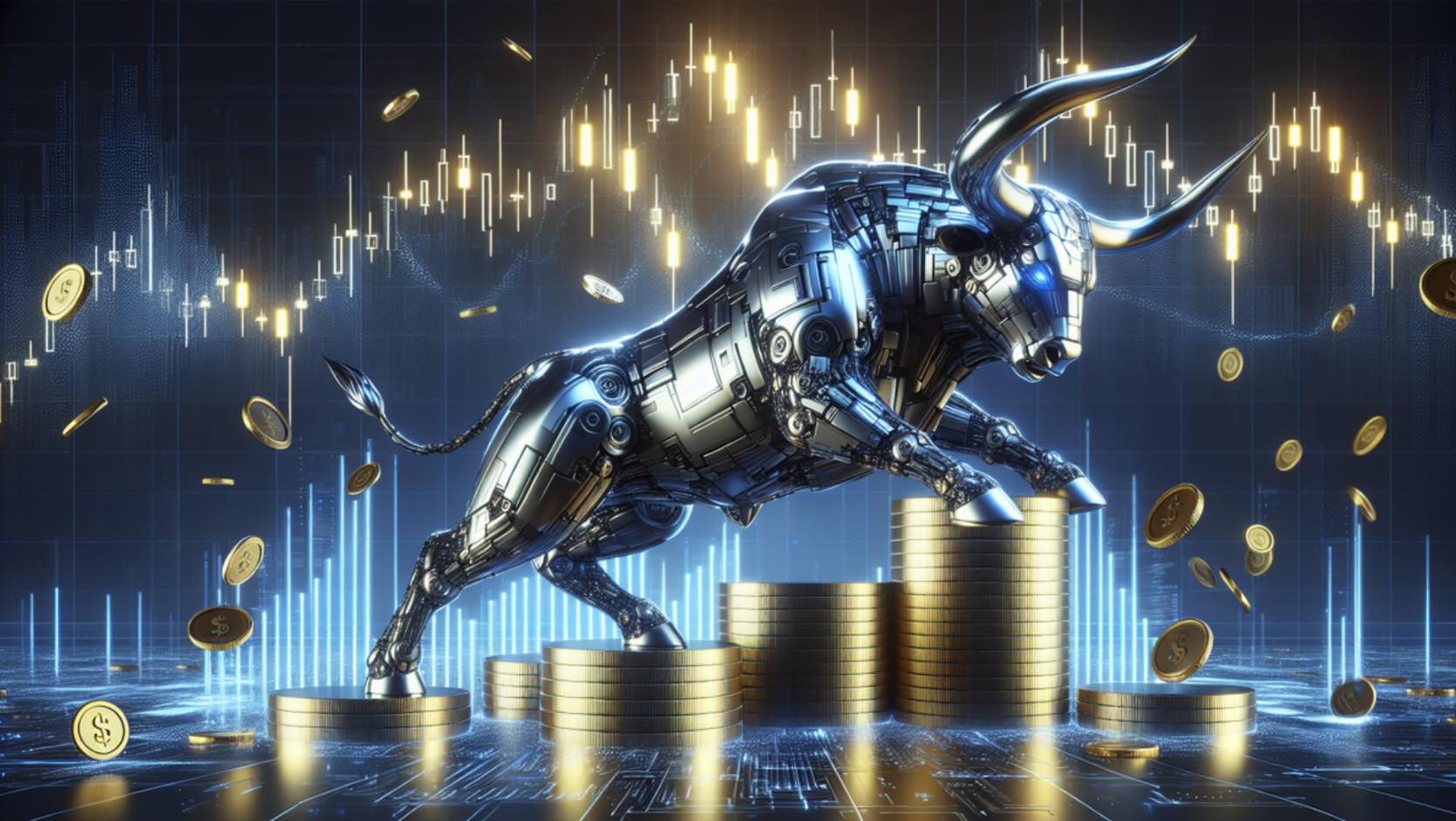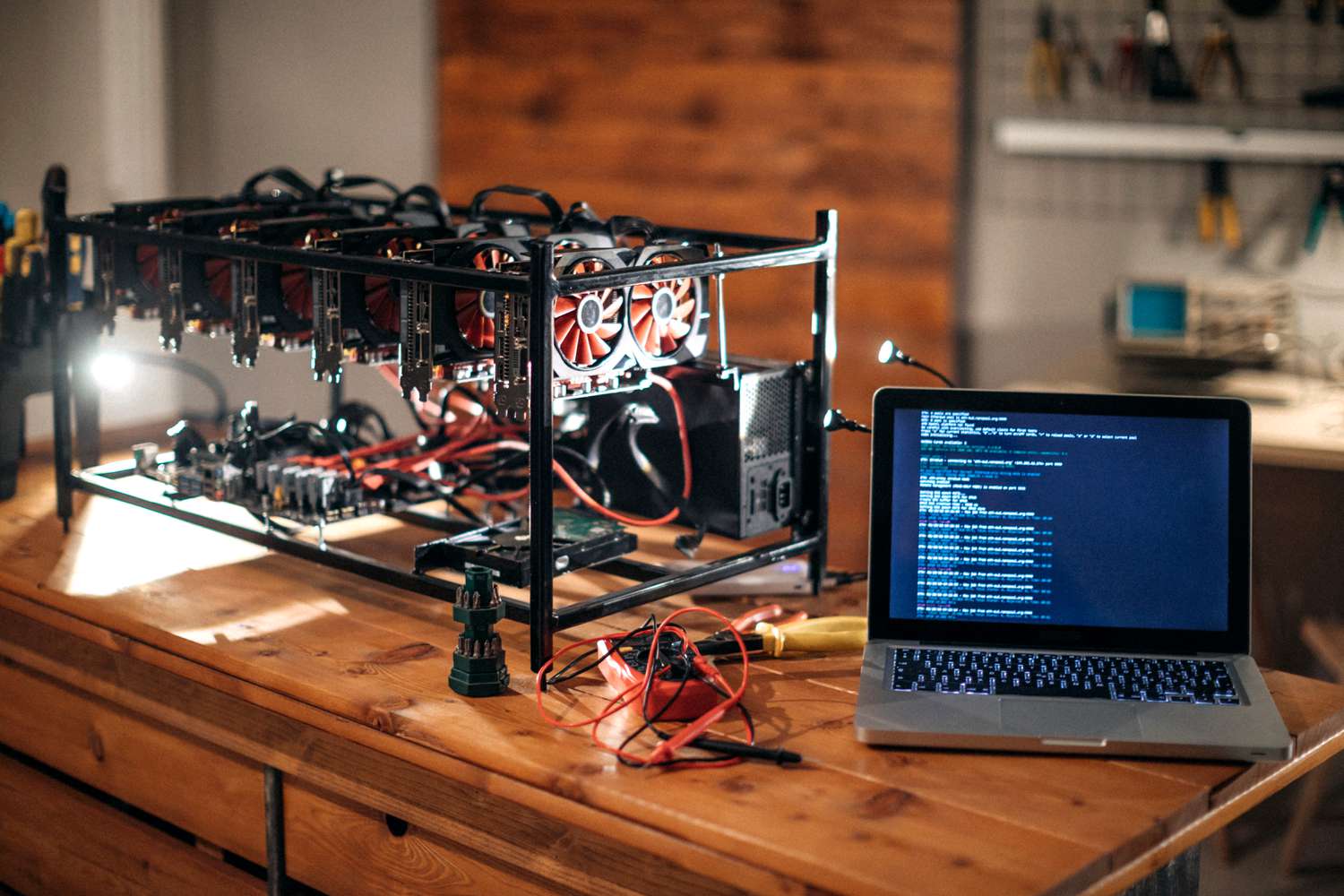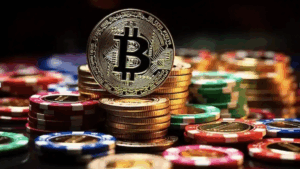What is Altseason? A Deep Dive into Crypto’s Explosive Cycles
Altseason is a fascinating and often highly profitable period within the cryptocurrency market. It features significant price surges in altcoins (any cryptocurrency other than Bitcoin). Altcoins collectively outperform Bitcoin during this time. The dynamics behind it are complex. They involve capital rotation, market sentiment, and evolving market structures.
Focus Keyphrase: Altcoin Season Explained
SEO Title: Altcoin Season Explained: Capitalizing on Crypto Surges – Cryptopia.news
Meta Description: Dive into Altcoin Season Explained by Cryptopia.news. Learn what it is, its indicators, and strategies for navigating these powerful crypto surges.
What is Altseason? A Deep Dive into Crypto’s Explosive Cycles
Altseason, or altcoin season, describes a distinct market phase. During this time, most altcoins experience substantial price increases. They often outperform Bitcoin (BTC) significantly. This signals a shift in investor focus and capital. Capital moves from Bitcoin into the broader altcoin market. Bitcoin’s price does not necessarily fall. Instead, Bitcoin’s growth often slows or it trades sideways. This allows altcoins to catch up and surpass its performance in percentage gains.
Historical Context and Evolution
Historically, altseason often follows a strong Bitcoin bull run. Bitcoin’s price reaches new highs or consolidates after a big move. Investors who profited from BTC then seek higher returns in alternative assets. This capital “rotates” into larger-cap altcoins, like Ethereum (ETH), first. Next, it moves to mid-cap altcoins. Finally, it flows into smaller, more speculative projects as risk appetite rises across the market.
However, the crypto market constantly evolves. Past cycles showed clear, broad altseasons where almost every altcoin pumped. Today, analysts suggest the “old altseason rotation” might be broken. The market is more nuanced. Performance increasingly depends on specific narratives (e.g., AI, DeFi, Real-World Assets, memecoins) and institutional adoption. As of mid-2025, altcoins show growing momentum. Bitcoin dominance recently dropped from around 65% in late June to under 62% by mid-July. Ethereum also performs strongly, appreciating 16% against Bitcoin in recent weeks. These facts suggest shifts are occurring. Future altseasons might be more selective. They will likely favor projects with strong fundamentals, clear uses, and compelling narratives over a general rise in all altcoins.
Key Indicators and Triggers of Altcoin Season Explained
Identifying an altseason is not an exact science. Yet, several key indicators and factors can signal its potential start.
- Decreasing Bitcoin Dominance (BTC.D): This often indicates altcoin season explained. Bitcoin dominance measures Bitcoin’s market capitalization against the total crypto market cap. A significant fall in BTC.D (e.g., below 50% or even into the 30-40% range historically) suggests capital flows out of Bitcoin. This movement into altcoins triggers an altseason.
- Altcoin Season Index: Some tools, like the Altcoin Season Index, track altcoin performance. They compare the top 50 or 100 altcoins against Bitcoin over a period, like 90 days. An index reading above 75% often signals an altcoin season is underway.
- Ethereum (ETH) Performance: Ethereum is the second-largest cryptocurrency. It forms a foundational layer for many altcoins (especially in DeFi and NFTs). Its strong performance relative to Bitcoin (indicated by a rising ETH/BTC ratio) often precedes or accompanies a broader altseason.
- Increased Altcoin Trading Volume: A notable surge in trading activity and liquidity across many altcoins signals greater investor interest.
- Bullish Market Sentiment: Overall positive sentiment, more social media mentions of altcoins, and general optimism (sometimes almost euphoria) across the crypto community can fuel an altseason.
- New Narratives and Technological Advancements: New, compelling narratives (like DeFi in 2020, NFTs in 2021, or AI/RWA recently) or big technological breakthroughs within specific altcoin sectors can attract significant capital. This leads to localized “mini-altseasons,” even without a broad market-wide altseason.
Factors Driving Altseason
Altseason is not just a random event; market dynamics drive it.
- Capital Rotation: As mentioned, this drives altseason. Profits from Bitcoin often rotate into altcoins. Investors seek higher percentage gains. Altcoins generally have smaller market caps, offering greater potential for exponential growth.
- Risk Appetite: During a bull market, confidence grows. Investors realize initial large gains. Their risk appetite typically increases. This leads them to explore more speculative, higher-risk, higher-reward altcoin opportunities.
- Technological Innovation and Utility: New projects launch continuously. They offer innovative technologies, better scalability, or novel uses (e.g., decentralized applications, new Layer 1s, Web3 gaming). These projects attract investment when they gain traction. This contributes to altcoin surges.
- Institutional Diversification: Crypto sees increasing institutional adoption (e.g., Bitcoin ETFs). Some larger funds may eventually diversify beyond just Bitcoin. They might allocate smaller portions of their portfolios to established large-cap altcoins like Ethereum. This can fuel their growth.
- Retail Investor Interest: A significant influx of retail investors often drives altseason. Fear of missing out (FOMO) from rising prices and intensifying media coverage brings fresh capital into altcoins. This accelerates price appreciation.
Navigating Altseason: Strategies for Cryptopia.news Users
Altseason offers immense profit potential. However, it also brings high volatility and risk. Successful navigation requires strategic thinking.
- Diversification: Do not put all your eggs in one basket. Diversify your altcoin portfolio across various sectors (e.g., DeFi, AI, gaming, Layer 1s) and market caps (large, mid, small).
- Thorough Research (DYOR): Before investing, deeply research each altcoin project. Look for clear use cases, active development, strong community engagement, healthy tokenomics (how the token distributes and uses), and a transparent team.
- Risk Management: Implement strict risk management practices. Only invest what you can afford to lose. Use stop-loss orders to automatically sell assets if their price drops to a set level. This limits potential losses.
- Profit-Taking Strategy: Define clear profit-taking targets. Altseason gains can be parabolic but often short-lived. A plan to take some profits secures gains. It also prevents emotions from driving decisions.
- Market Sentiment Monitoring: Stay aware of overall market sentiment. Extreme optimism and widespread media coverage of obscure altcoins sometimes signal a market top or the later stages of an altseason.
- Adaptability: The crypto market is dynamic. Adapt your strategy as narratives shift and market conditions change. What worked in one altseason might not work in the next.
In conclusion, altseason represents a unique and exhilarating period in the cryptocurrency market. For Cryptopia.news readers, understanding its mechanisms, identifying key indicators, and employing disciplined strategies proves crucial. This helps them capitalize on opportunities and manage inherent risks. It truly highlights the exciting, yet challenging, nature of investing in the digital asset space.













Post Comment